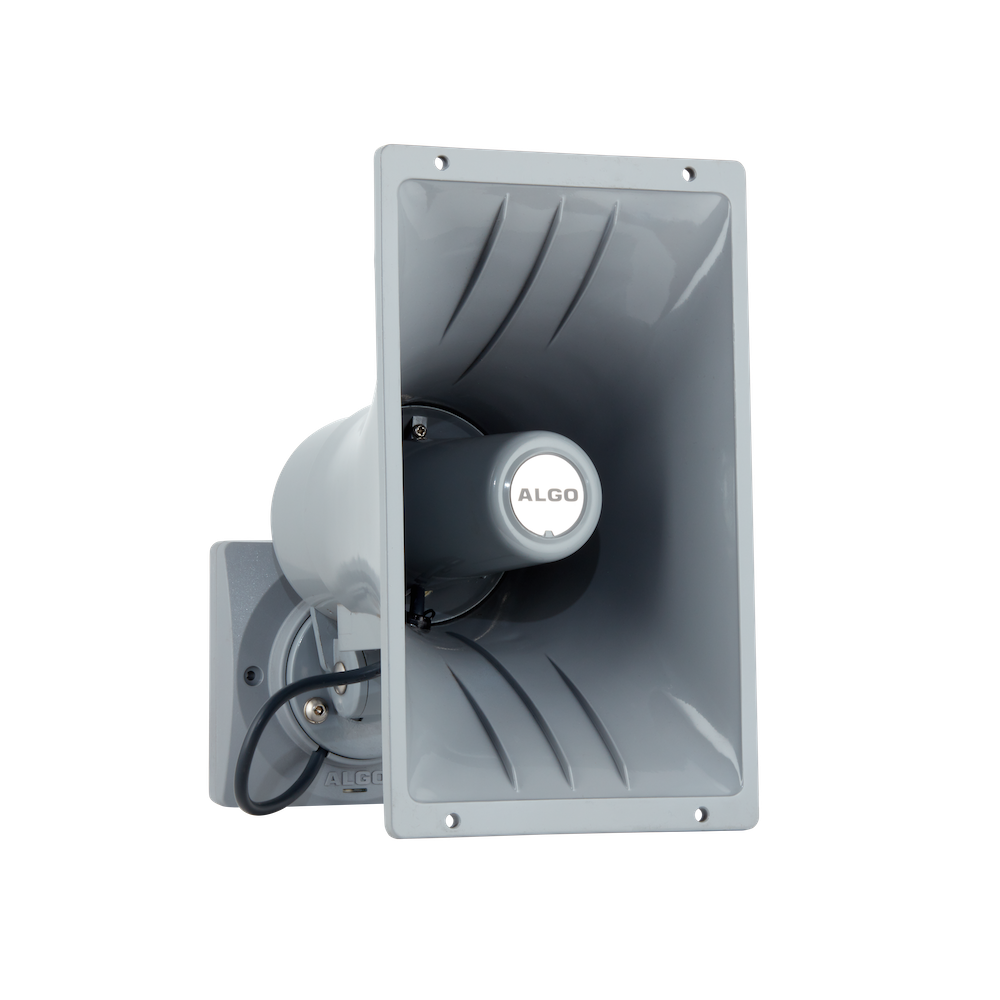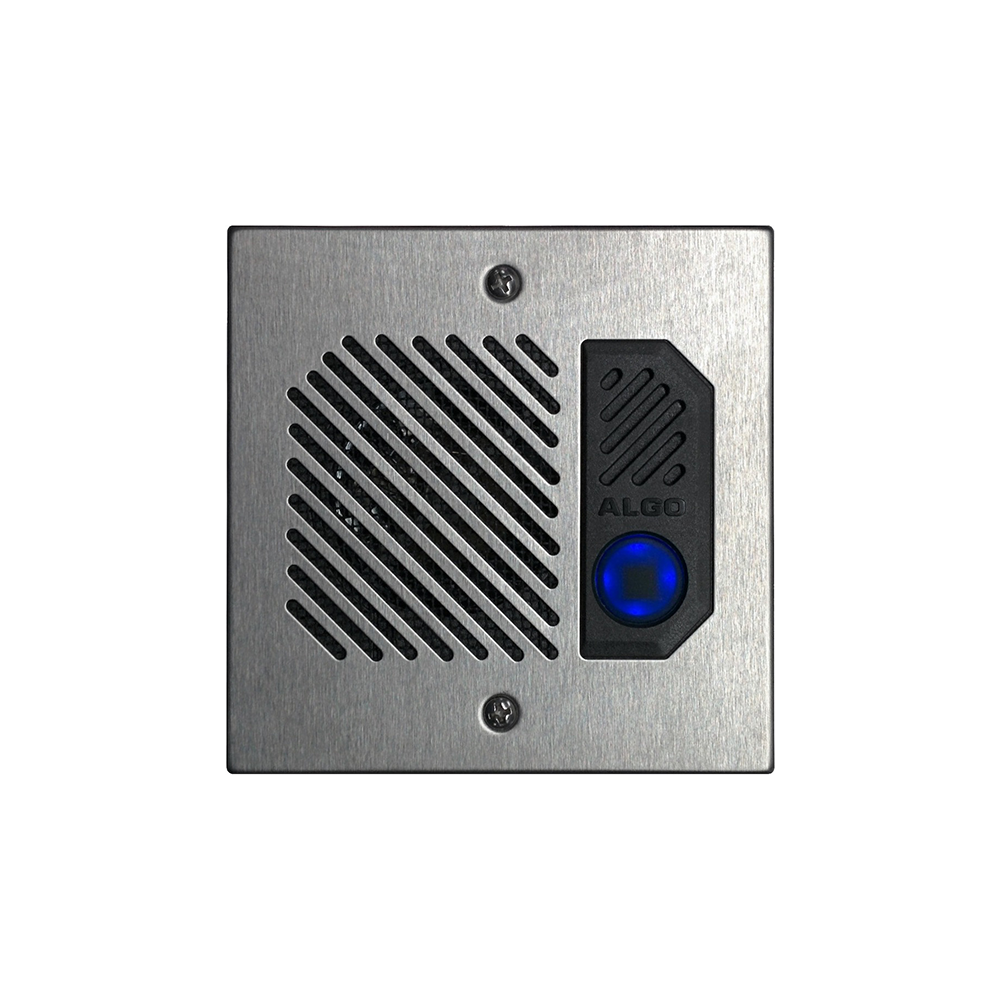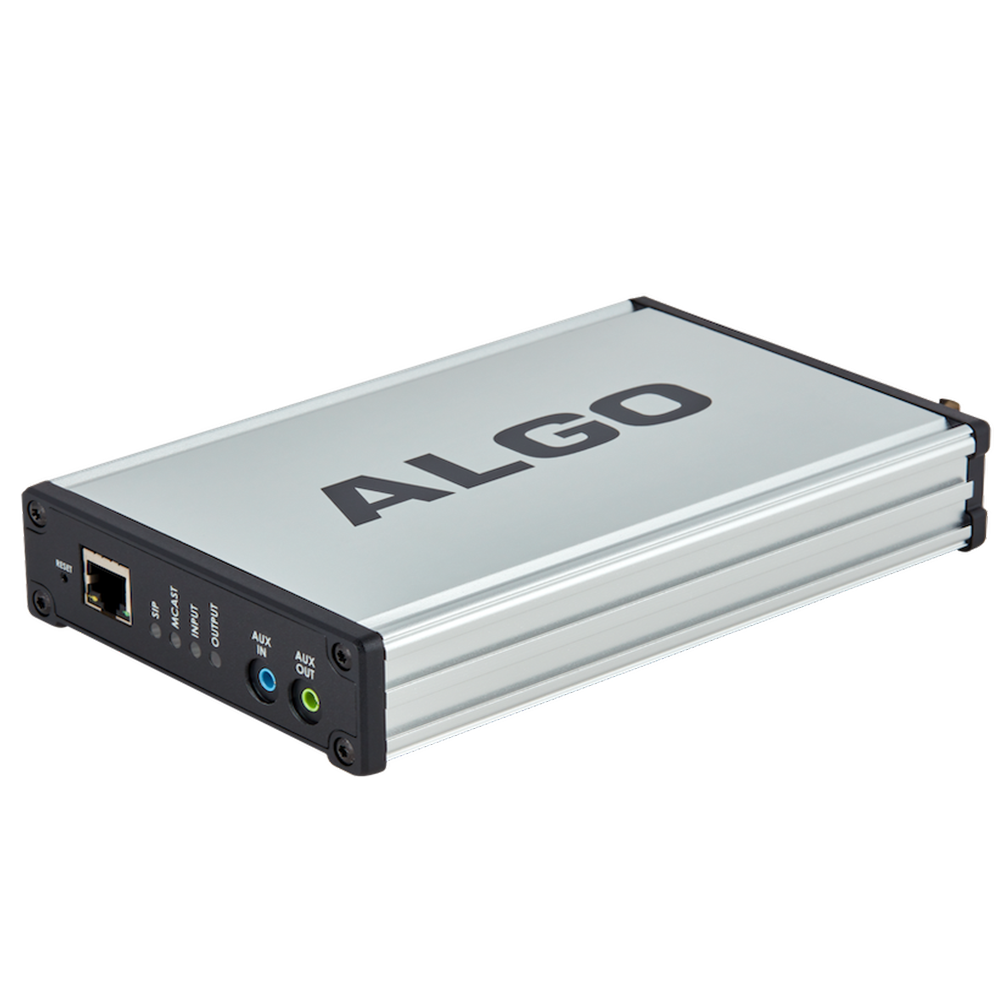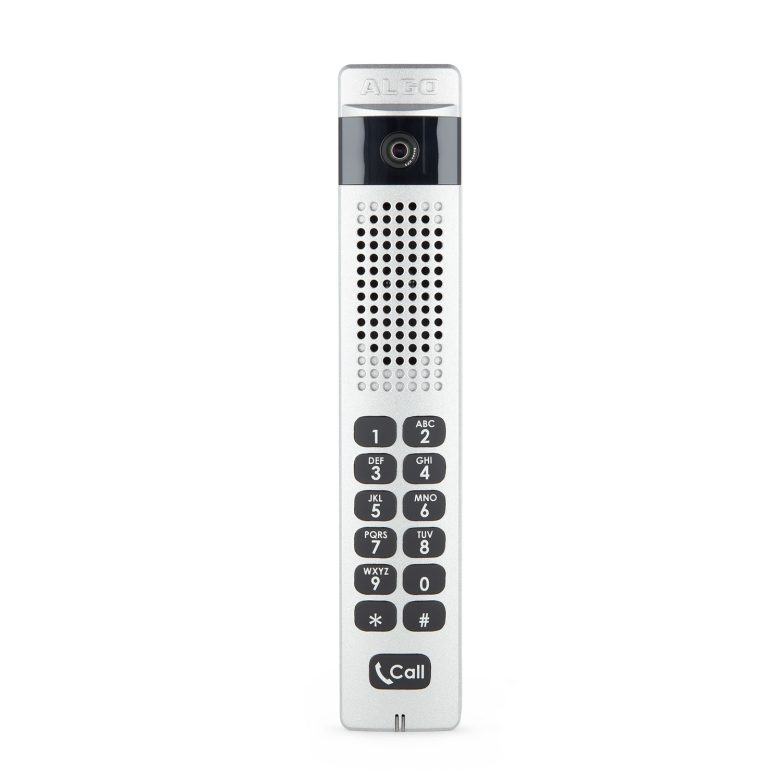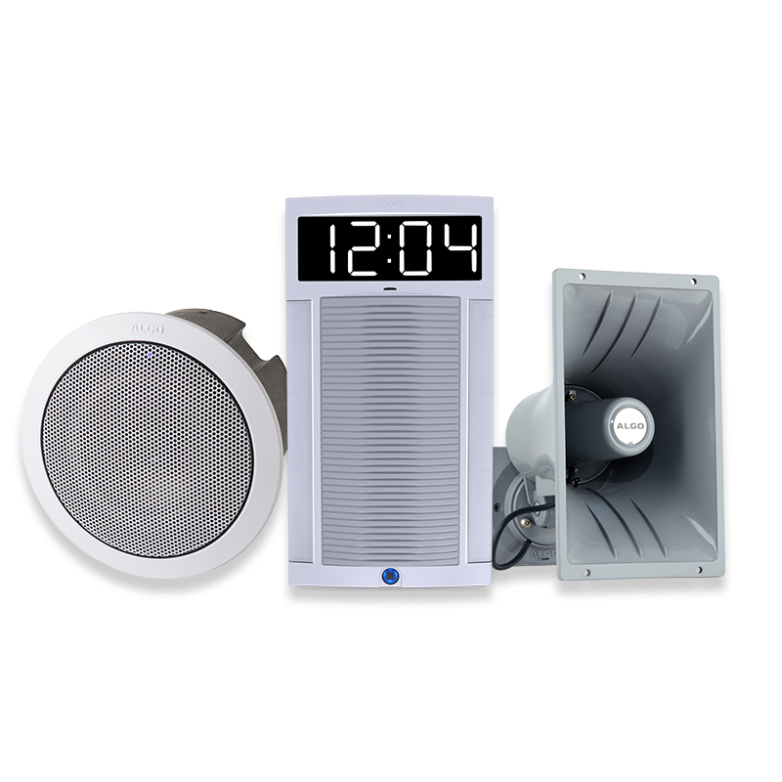Yealink Compatibility
As a Yealink Partner, Algo products have been Yealink Certified for compatibility and interoperability.
Deploy Algo’s suite of IP speakers, intercoms, and strobe lights for your voice paging, alerting, and door entry requirements with your Yealink equipment.
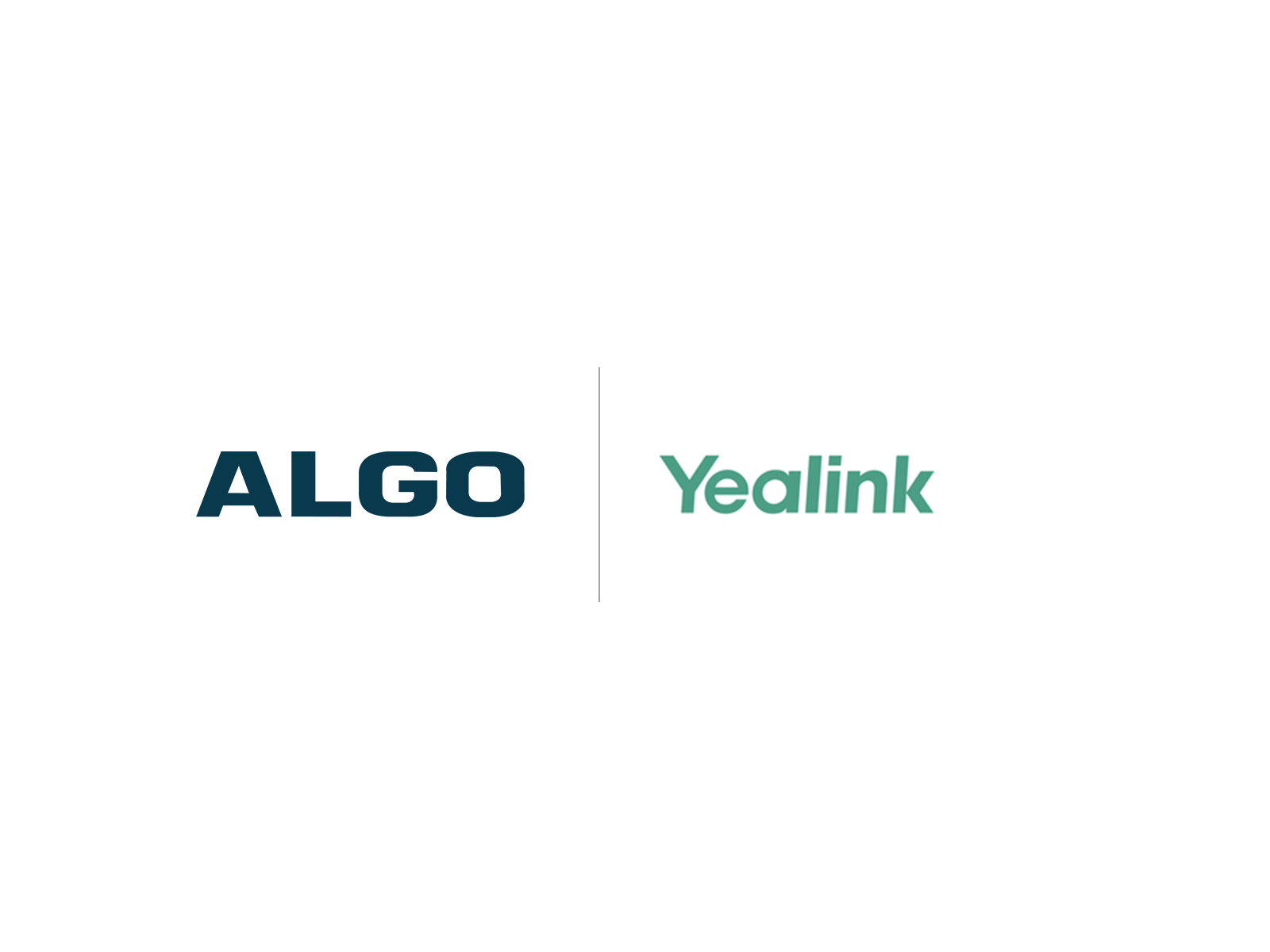
Algo offers SIP compliant endpoints for voice paging, alerting and, secure door entry. Algo offers Yealink certified IP Speakers, Loud Ringing & Alerting Devices and compatible video intercoms that all work seamlessly with Yealink hardware.
DEPLOYING ALGO SOLUTIONS IN A Yealink ENVIRONMENT
Algo IP Algo IP speakers, paging adapters and strobe lights support SIP registration and RTP multicast. Algo endpoints seamlessly integrate with Yealink IP telephones for designing voice paging systems, including emergency notification and bell scheduling as required for public address (PA) announcements / alerts. Loud ringing and visual alerting solutions are also available for Yealink telephones in high noise and noise-sensitive environments, while Algo video and audio intercoms support applications for visitor communication at secure door and gate entrances.
Any Yealink telephone supporting RTP multicast, as well as Singlewire InformaCast and Syn-Apps Revolution, will permit audio from voice paging, notification alerting, and scheduled announcements / bells to be simultaneously broadcast over Algo IP speakers and telephones. Strobe lights can also be included in a multicast for additional notification awareness.
Integrating a legacy analog paging system to a Yealink telephone system is simplified with Algo paging adapters. SIP registration and multicast are supported on Algo paging adapters to ensure audio from voice paging, emergency notification alerting, and scheduled announcements / bells can be easily bridged to most traditional analog amplifiers. This makes it possible for audio to be simultaneously broadcast over legacy analog infrastructure, multicast-supported telephones, and Algo IP speakers. With Algo paging adapters there is no limitation to creating a hybrid solution to achieve complete integration of analog and IP endpoints. Regardless of how future needs may change for any organization, business, or enterprise, the Algo IP paging system is flexible to accommodate public address (PA) application requirements.
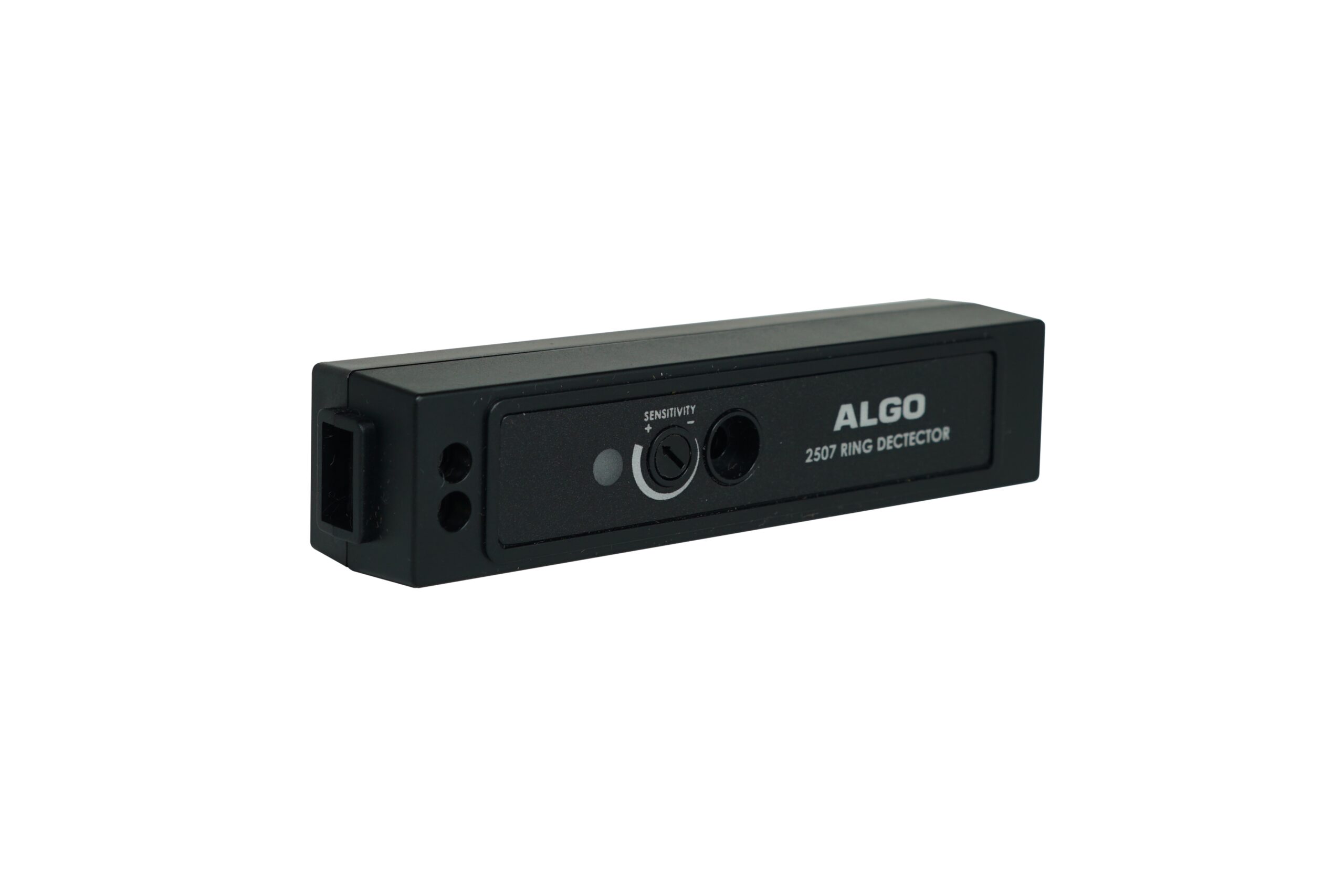
Simplified Louding Ringing & Alerting for Yealink Phones
Enable Loud Ringing, Notification & Visual Alerting without a SIP Registration – The 2507 Ring Detector is designed to enable loud ringing, notification, and visual alerting directly from a compatible Yealink phone. The Ring Detector can detect when the phone is ringing and activate an Algo device with a smart relay input, such as a speaker or strobe light.
Algo offers SIP compliant endpoints for voice paging, alerting and, secure door entry, all of which integrate seamlessly into your Yealink environment. Algo suite of Yealink compatible IP Endpoints include:
